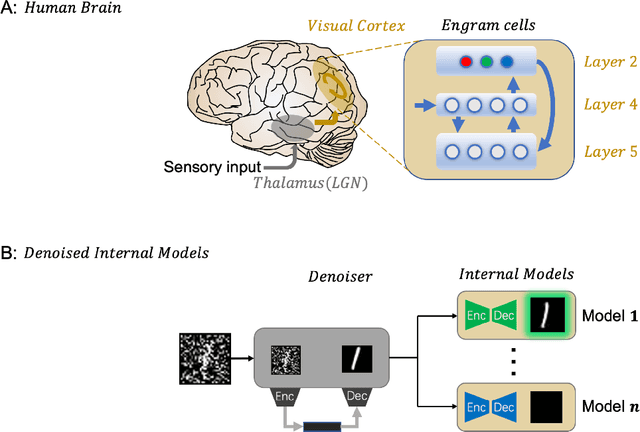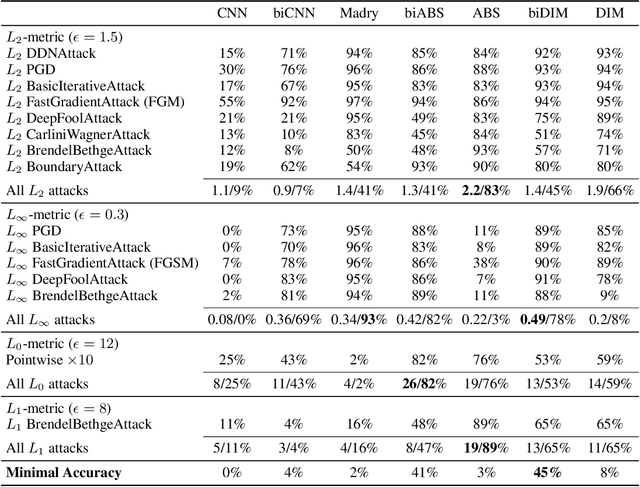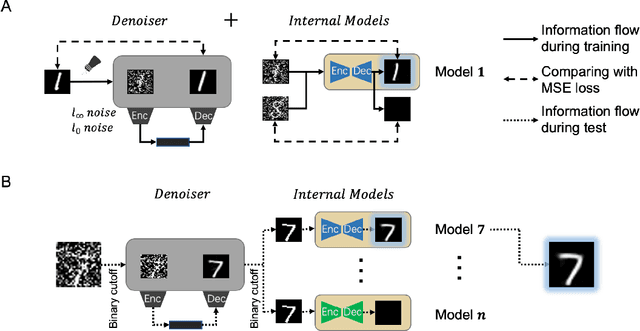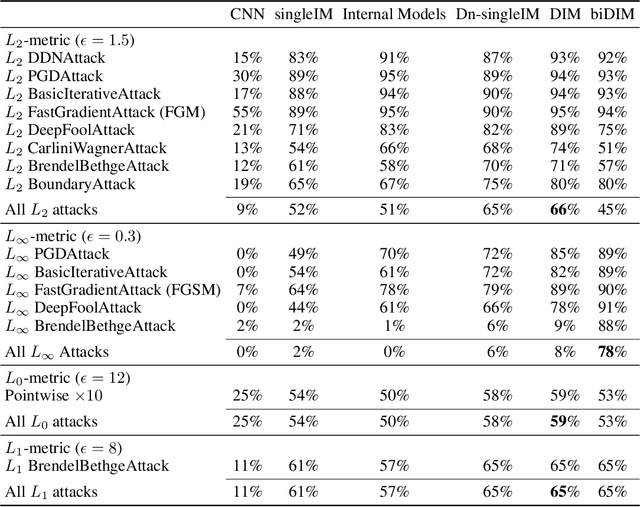Kaiyuan Liu
ProjectEval: A Benchmark for Programming Agents Automated Evaluation on Project-Level Code Generation
Mar 10, 2025Abstract:Recently, LLM agents have made rapid progress in improving their programming capabilities. However, existing benchmarks lack the ability to automatically evaluate from users' perspective, and also lack the explainability of the results of LLM agents' code generation capabilities. Thus, we introduce ProjectEval, a new benchmark for LLM agents project-level code generation's automated evaluation by simulating user interaction. ProjectEval is constructed by LLM with human reviewing. It has three different level inputs of natural languages or code skeletons. ProjectEval can evaluate the generated projects by user interaction simulation for execution, and by code similarity through existing objective indicators. Through ProjectEval, we find that systematic engineering project code, overall understanding of the project and comprehensive analysis capability are the keys for LLM agents to achieve practical projects. Our findings and benchmark provide valuable insights for developing more effective programming agents that can be deployed in future real-world production.
Moyun: A Diffusion-Based Model for Style-Specific Chinese Calligraphy Generation
Oct 10, 2024



Abstract:Although Chinese calligraphy generation has achieved style transfer, generating calligraphy by specifying the calligrapher, font, and character style remains challenging. To address this, we propose a new Chinese calligraphy generation model 'Moyun' , which replaces the Unet in the Diffusion model with Vision Mamba and introduces the TripleLabel control mechanism to achieve controllable calligraphy generation. The model was tested on our large-scale dataset 'Mobao' of over 1.9 million images, and the results demonstrate that 'Moyun' can effectively control the generation process and produce calligraphy in the specified style. Even for calligraphy the calligrapher has not written, 'Moyun' can generate calligraphy that matches the style of the calligrapher.
Take its Essence, Discard its Dross! Debiasing for Toxic Language Detection via Counterfactual Causal Effect
Jun 03, 2024Abstract:Current methods of toxic language detection (TLD) typically rely on specific tokens to conduct decisions, which makes them suffer from lexical bias, leading to inferior performance and generalization. Lexical bias has both "useful" and "misleading" impacts on understanding toxicity. Unfortunately, instead of distinguishing between these impacts, current debiasing methods typically eliminate them indiscriminately, resulting in a degradation in the detection accuracy of the model. To this end, we propose a Counterfactual Causal Debiasing Framework (CCDF) to mitigate lexical bias in TLD. It preserves the "useful impact" of lexical bias and eliminates the "misleading impact". Specifically, we first represent the total effect of the original sentence and biased tokens on decisions from a causal view. We then conduct counterfactual inference to exclude the direct causal effect of lexical bias from the total effect. Empirical evaluations demonstrate that the debiased TLD model incorporating CCDF achieves state-of-the-art performance in both accuracy and fairness compared to competitive baselines applied on several vanilla models. The generalization capability of our model outperforms current debiased models for out-of-distribution data.
CosmicMan: A Text-to-Image Foundation Model for Humans
Apr 01, 2024Abstract:We present CosmicMan, a text-to-image foundation model specialized for generating high-fidelity human images. Unlike current general-purpose foundation models that are stuck in the dilemma of inferior quality and text-image misalignment for humans, CosmicMan enables generating photo-realistic human images with meticulous appearance, reasonable structure, and precise text-image alignment with detailed dense descriptions. At the heart of CosmicMan's success are the new reflections and perspectives on data and models: (1) We found that data quality and a scalable data production flow are essential for the final results from trained models. Hence, we propose a new data production paradigm, Annotate Anyone, which serves as a perpetual data flywheel to produce high-quality data with accurate yet cost-effective annotations over time. Based on this, we constructed a large-scale dataset, CosmicMan-HQ 1.0, with 6 Million high-quality real-world human images in a mean resolution of 1488x1255, and attached with precise text annotations deriving from 115 Million attributes in diverse granularities. (2) We argue that a text-to-image foundation model specialized for humans must be pragmatic -- easy to integrate into down-streaming tasks while effective in producing high-quality human images. Hence, we propose to model the relationship between dense text descriptions and image pixels in a decomposed manner, and present Decomposed-Attention-Refocusing (Daring) training framework. It seamlessly decomposes the cross-attention features in existing text-to-image diffusion model, and enforces attention refocusing without adding extra modules. Through Daring, we show that explicitly discretizing continuous text space into several basic groups that align with human body structure is the key to tackling the misalignment problem in a breeze.
Denoised Internal Models: a Brain-Inspired Autoencoder against Adversarial Attacks
Nov 21, 2021



Abstract:Despite its great success, deep learning severely suffers from robustness; that is, deep neural networks are very vulnerable to adversarial attacks, even the simplest ones. Inspired by recent advances in brain science, we propose the Denoised Internal Models (DIM), a novel generative autoencoder-based model to tackle this challenge. Simulating the pipeline in the human brain for visual signal processing, DIM adopts a two-stage approach. In the first stage, DIM uses a denoiser to reduce the noise and the dimensions of inputs, reflecting the information pre-processing in the thalamus. Inspired from the sparse coding of memory-related traces in the primary visual cortex, the second stage produces a set of internal models, one for each category. We evaluate DIM over 42 adversarial attacks, showing that DIM effectively defenses against all the attacks and outperforms the SOTA on the overall robustness.
 Add to Chrome
Add to Chrome Add to Firefox
Add to Firefox Add to Edge
Add to Edge